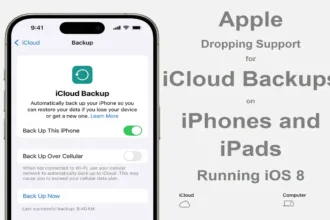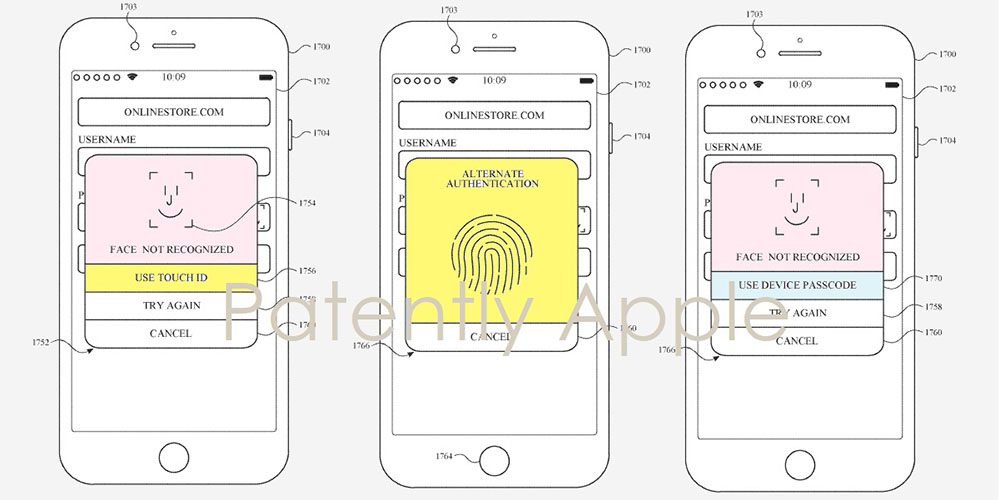While everyone I know who owns an iPhone or iPad using Face ID would never wish to return to Touch ID, the old technology has its fans. An Apple patent increases a slim probability of a future iPhone blending both kinds of biometric authentication technician…
The patent, seen by Patently Apple, begins by describing the issues using 2D face-recognition systems, that include a higher rejection rate when employed correctly.
Strategies for implementing biometric authentication utilizing digital devices are usually cumbersome. By way of instance, some present methods, such as the ones led to facial recognition, need a user to practically flawlessly align a biometric attribute in precisely the exact same way during both registration and every single iteration of authentication.
Also Read: Review of Apple iPad Pro 2018 as an iOS MacBook
Deviation in the alignment of the feature frequently ends in a false negative outcome. Because of this, an individual is, optionally, required to unnecessarily execute a number of iterations of biometric authentication, or is, optionally, deterred from utilizing the biometric.
This is why Apple chose for the TrueDepth camera program, to rather utilize 3D imaging for Face ID.
But part of this patent does increase the chance of Face ID and Touch ID being contained in precisely the exact same apparatus, together with the aforementioned image showing the apparatus wanting Face ID first, neglecting and offering Touch ID as a fallback. Passcode fallback can be revealed.
The examples reveal a phone using a hardware Touch ID detector, but Apple frequently uses conservative diagrams to illustrate fundamentals. If Apple actually did provide an iPhone with both authentication procedures, it’d almost surely be with Touch ID embedded into the screen.
The patent also mentions face recognition for a technology which may be employed with smartwatches. Current-generation Apple Watches obviously lack any sort of camera, let alone the TrueDepth platform required to get Face ID.
Also Read: Free Capture App allows you to scan 3D Objects with latest iPhone
We would not advise reading too much to the patent. As we constantly care, Apple patents far more stuff than it uses, and in addition it has a tradition of working with the widest possible language in its own applications, to cover all of the bases. This really is the most likely explanation for seeing Face ID with regard to smartwatches.
But technology does proceed. We have already seen fingerprint detectors embedded in the screens of Android telephones, meaning it’s already technically feasible to combine a few editions of Face ID and Touch ID within an iPhone. And at some stage, it’ll be possible to sit beneath a functioning part of the screen (instead of the’hole at the screen’ system being taken by a few Android apparatus ). At that point, categorizing Face ID to an Apple Watch will be a perfectly viable choice too.






